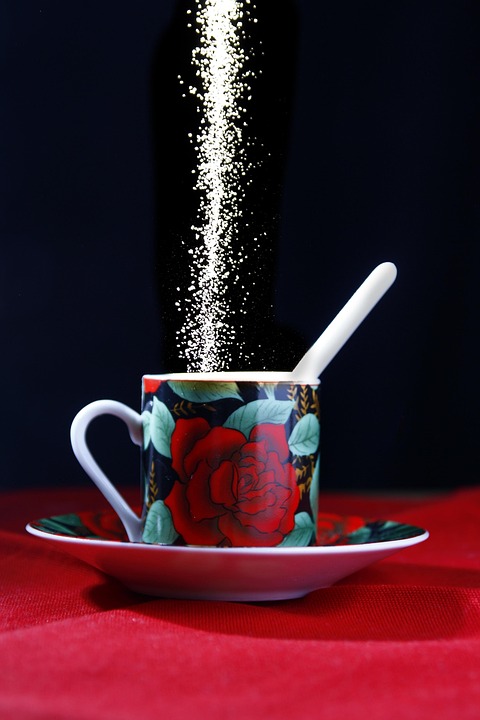Introduction
Natural and artificial sweeteners play a significant role in the food and beverage industry, providing consumers with a variety of options to sweeten their favorite products. In this report, we will compare the use of natural and artificial sweeteners in food and beverage formulation, examining their differences in terms of taste, health effects, cost, and popularity among consumers.
Natural Sweeteners
Overview
Natural sweeteners are derived from plants, fruits, and other natural sources, offering a more wholesome alternative to refined sugars. Some common natural sweeteners include honey, maple syrup, agave nectar, and stevia.
Taste
Natural sweeteners often provide a more complex and nuanced flavor profile compared to artificial sweeteners. For example, honey has a rich and floral taste, while maple syrup offers a deep and caramelized flavor. Stevia, a natural sweetener derived from the stevia plant, has a slightly bitter aftertaste that some consumers may find off-putting.
Health Effects
Natural sweeteners are generally perceived as healthier options compared to artificial sweeteners due to their natural origins. For instance, honey contains antioxidants and vitamins, while stevia is virtually calorie-free and does not impact blood sugar levels. However, natural sweeteners like honey and maple syrup still contain calories and should be consumed in moderation.
Cost
Natural sweeteners tend to be more expensive than artificial sweeteners due to the labor-intensive process of harvesting and processing them. For example, pure maple syrup can cost significantly more than artificial sweeteners like aspartame or sucralose.
Popularity
Despite their higher cost, natural sweeteners are gaining popularity among health-conscious consumers who seek alternatives to refined sugars and artificial sweeteners. The demand for natural sweeteners has led to an increase in their availability in supermarkets and health food stores.
Artificial Sweeteners
Overview
Artificial sweeteners are synthetic sugar substitutes that provide sweetness without the calories of sugar. Some common artificial sweeteners include aspartame, sucralose, saccharin, and acesulfame potassium.
Taste
Artificial sweeteners are often sweeter than natural sweeteners, allowing for a more intense sweetness with less product needed. However, some artificial sweeteners may have a noticeable aftertaste that can be off-putting to some consumers.
Health Effects
There is ongoing debate in the scientific community regarding the health effects of artificial sweeteners. While they are generally considered safe for consumption by regulatory bodies like the FDA, some studies have raised concerns about potential negative impacts on metabolism, gut health, and weight management.
Cost
Artificial sweeteners are typically cheaper to produce than natural sweeteners, making them a cost-effective option for food and beverage manufacturers. The affordability of artificial sweeteners contributes to their widespread use in a variety of products.
Popularity
Artificial sweeteners have been widely used in the food and beverage industry for decades, appealing to consumers looking to reduce their sugar intake or manage their weight. Diet sodas, sugar-free candies, and low-calorie snacks are examples of products that often contain artificial sweeteners.
Comparison
Taste
While natural sweeteners offer a more complex flavor profile, artificial sweeteners provide a more intense sweetness with fewer calories. The choice between natural and artificial sweeteners ultimately comes down to personal preference and the desired taste profile of a product.
Health Effects
Both natural and artificial sweeteners have their own set of advantages and disadvantages in terms of health effects. Natural sweeteners like honey and maple syrup offer nutritional benefits but still contribute to calorie intake, while artificial sweeteners provide sweetness without the added calories but may have potential health risks.
Cost
Natural sweeteners are generally more expensive than artificial sweeteners due to their production process and sourcing. Food and beverage manufacturers must weigh the cost considerations when selecting sweeteners for their products.
Popularity
The popularity of natural and artificial sweeteners varies among consumers, with some preferring the natural and wholesome image of natural sweeteners, while others opt for the convenience and affordability of artificial sweeteners. The choice between natural and artificial sweeteners is influenced by personal preferences, dietary restrictions, and health concerns.
Conclusion
In conclusion, the use of natural and artificial sweeteners in food and beverage formulation offers a range of options for manufacturers to create products that cater to different consumer preferences. While natural sweeteners are perceived as healthier and offer a more complex flavor profile, artificial sweeteners provide a cost-effective solution for reducing calories and sugar intake. Ultimately, the choice between natural and artificial sweeteners depends on factors such as taste, health effects, cost, and consumer preferences.




